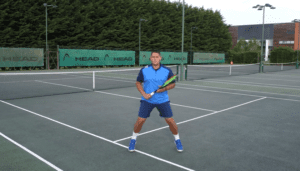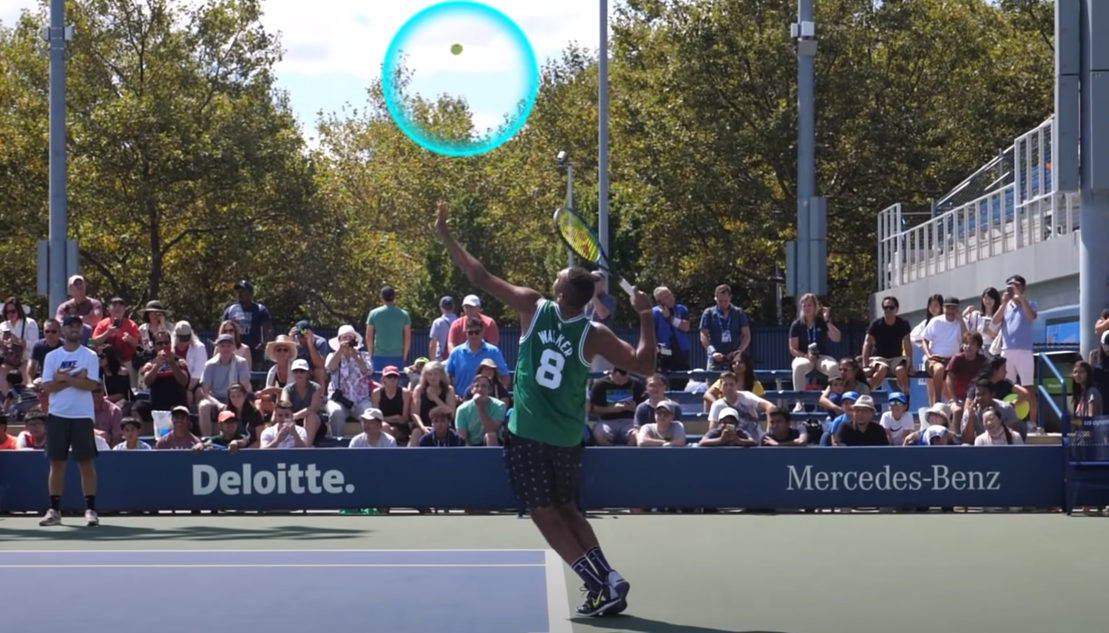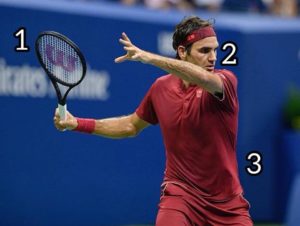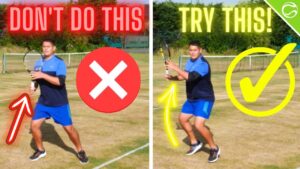
Simple Tennis Serve Power Trick – Serve Tennis Lesson

Simple Tennis Serve Power Trick – Serve Tennis Lesson
Creating effortless power on the serve in tennis requires you to use the right technique and power sources.
However, many players have very good technique on their tennis serve, yet they struggle to generate power.
Why?
The main judgement point for most servers is miles per hour or kilometres per hour.
The top servers in the world routinely serve over 130 MPH.
Some can hit serves over 140 MPH and even 150+
Sam Groth holds the record for the world’s fastest serve in history, he hit a 163MPH serve at an ATP challenger event in Busan, South Korea in May 2012.
If you’re someone who is just focused on how much power you can generate, you could be losing out big time in serve power and disguise.
What many of the top servers have in common is not just the power generated, but the speed of their service motion.
To measure the speed of your service action, time your serve from the start of the swing until the point of contact.
This will give you a good measuring stick when comparing to the pros.
Over time, aim to reduce the time it takes you to get from the start of the action to the contact point.
A faster service motion will not only give you more power but more disguise.
For the majority of clubs players, it takes between 1.5-2.0 seconds to make contact on their serve.
However, many of the biggest servers complete this motion in under one second.
The Quickest Motions in Tennis
Below, you’ll find the times of some of the top servers to compare your action against:
– Nick Kyrgios: 0.9 seconds
– Roscoe Tanner: 0.8 seconds
– Goran Ivanisevic: 0.9 seconds
– Sam Groth: 0.9 seconds
– Andy Roddick: 0.9 seconds
As you can see, all of the above players use a motion that takes under a second to make contact with the ball on their tennis serve.
Higher Ball Toss vs Lower Ball Toss
This faster motion won’t work for everyone. There are some massive advantages but also a few negatives.
When it comes to timing, it’s much easier to get through your service motion if you toss the ball higher.
A lower toss takes time away from you, so you’ll need to make some adjustments in order to pull it off.
A Higher Toss
Using a higher ball toss on the tennis serve gives you more time. It also allows you to see the ball for longer in the air and can give you that sense of a calmer motion, since you don’t need to hurry through the action.
However, a higher toss can lead to loss of power, consistency and makes it much easier for your opponent to read your serve.
Not only that, but the higher you toss the ball, the faster the ball will be dropping when you try to make contact.
This makes it much harder to time on the sweet spot. You’ll also struggle in windy conditions.
A Lower Toss
Using a lower toss on the tennis serve will give you a few massive advantages.
Serving in the wind will become much, much easier.
You’ll give your opponent much less time to read your serve, increasing your serve disguise.
It will also help you to have cleaner contacts since you’ll be making contact much closer to the apex of the toss.
When you first try to use a lower toss, you may struggle with timing and feel rushed. This is normal and with practice, you’ll be able to adapt your service action to a lower toss.
Effect on Power
Most players who use a higher ball toss on the serve will have breaks in the motion.
This can occur in the trophy position or even in the racket drop position.
These breaks in the action will lead to a loss of power and momentum.
It’s almost as if you have two or three segments, instead of one continuous action.
When you use the lower ball toss and time it close to the apex, you’ll be forced to use a continuous motion and this will help you build momentum from the start of the swing, right up until the point of contact.
You’ll also be using the muscles in a much more explosive way.
When you pause in the knee bend, for instance, you’re losing explosive power from the major leg muscles.
The longer the pause, the more power is lost.
When you use a quick action, especially the down-up motion with the legs, you’ll create much more explosive power and you’ll be able to reach up higher.
Video Timeline:
00:00 – What You’ll Learn In This Serve Lesson
00:22 – Speed of Serve vs Speed of Motion
1:40 – How To Time Your Service Motion
4:24 – Can You Get Under One Second?
5:56 – Continuous vs Breaks In Motion
8:30 – How To Get More Disguise on Your Tennis Serve
9:30 – How To Adapt To A Faster Service Motion





